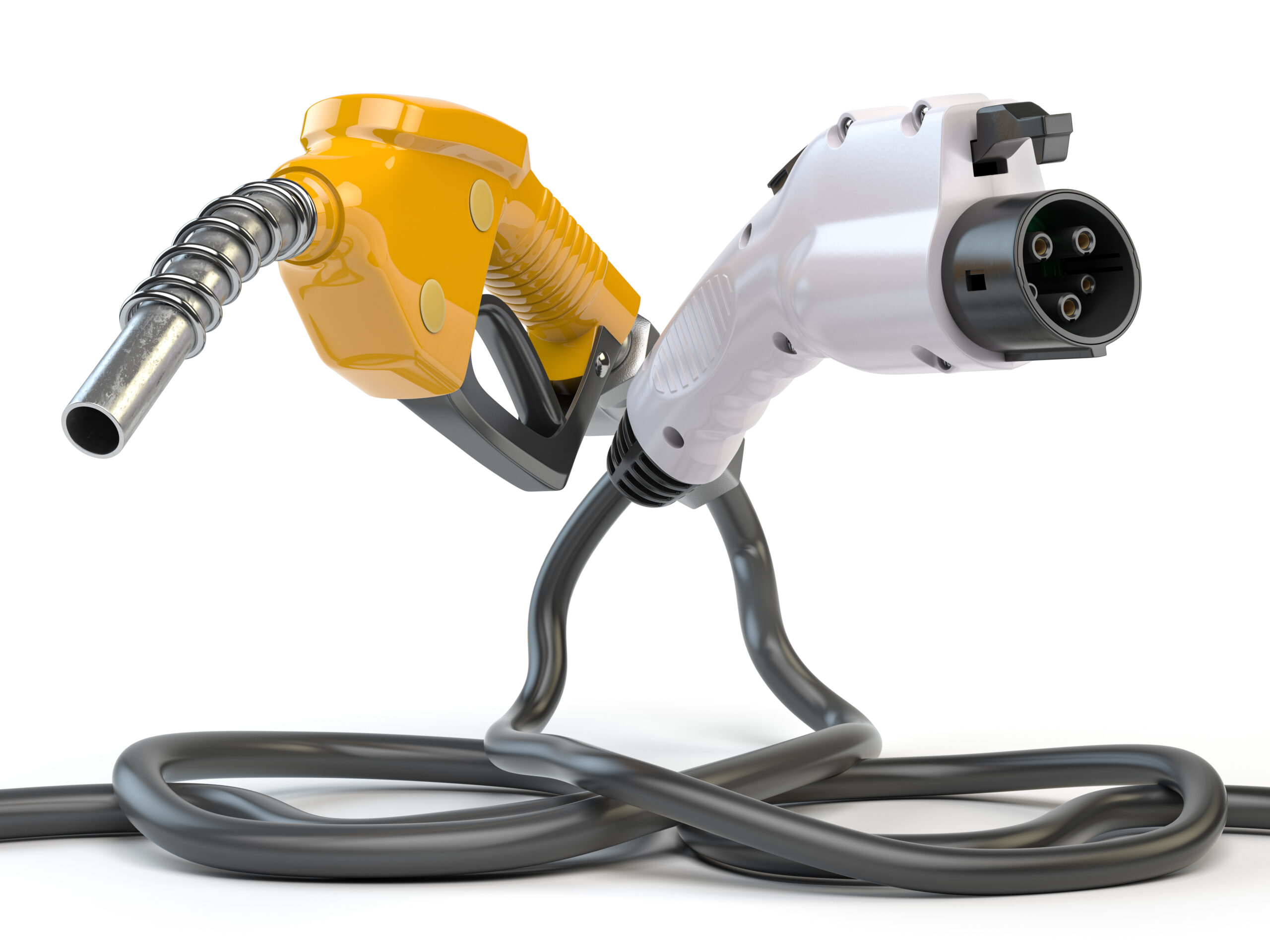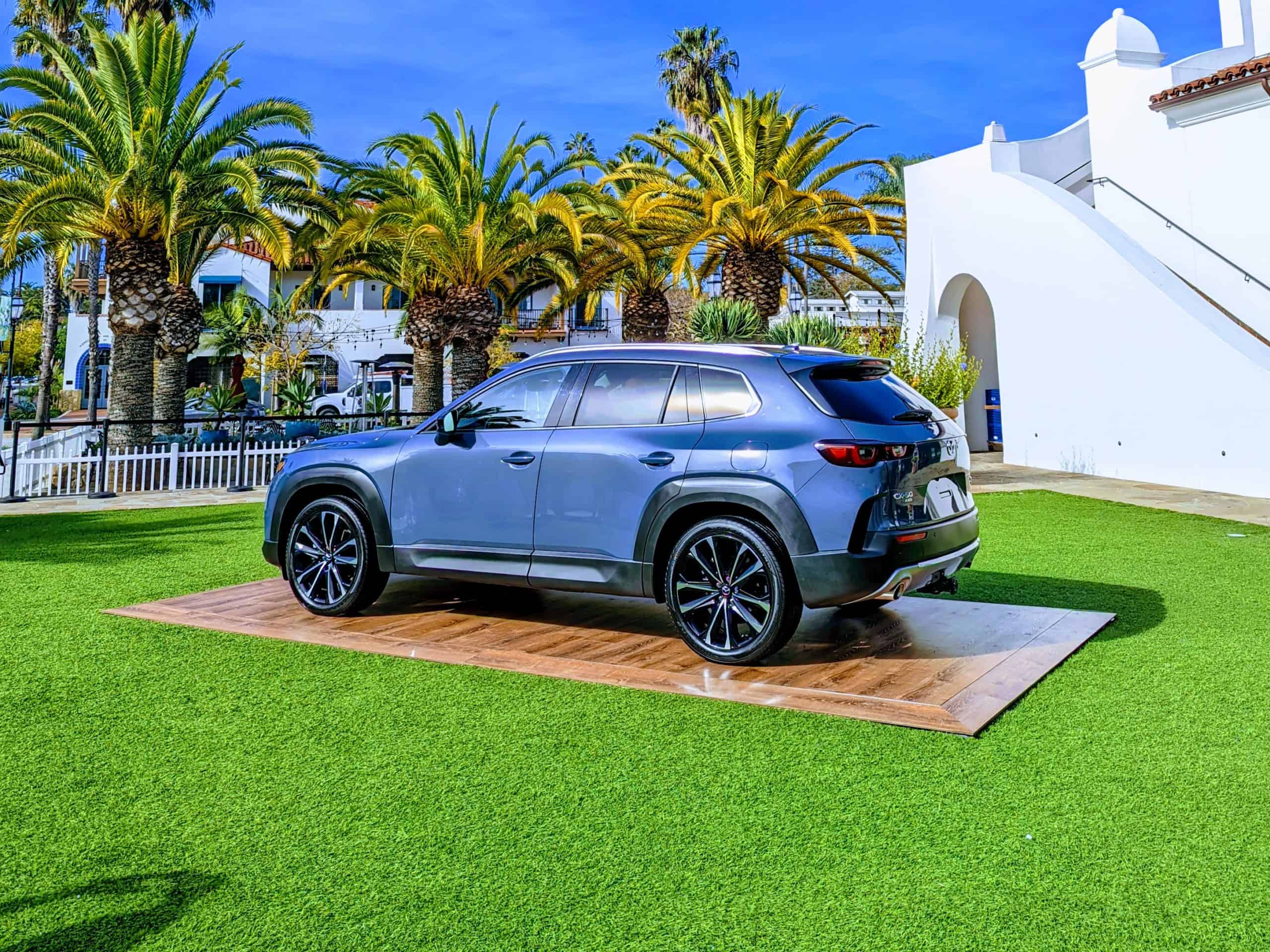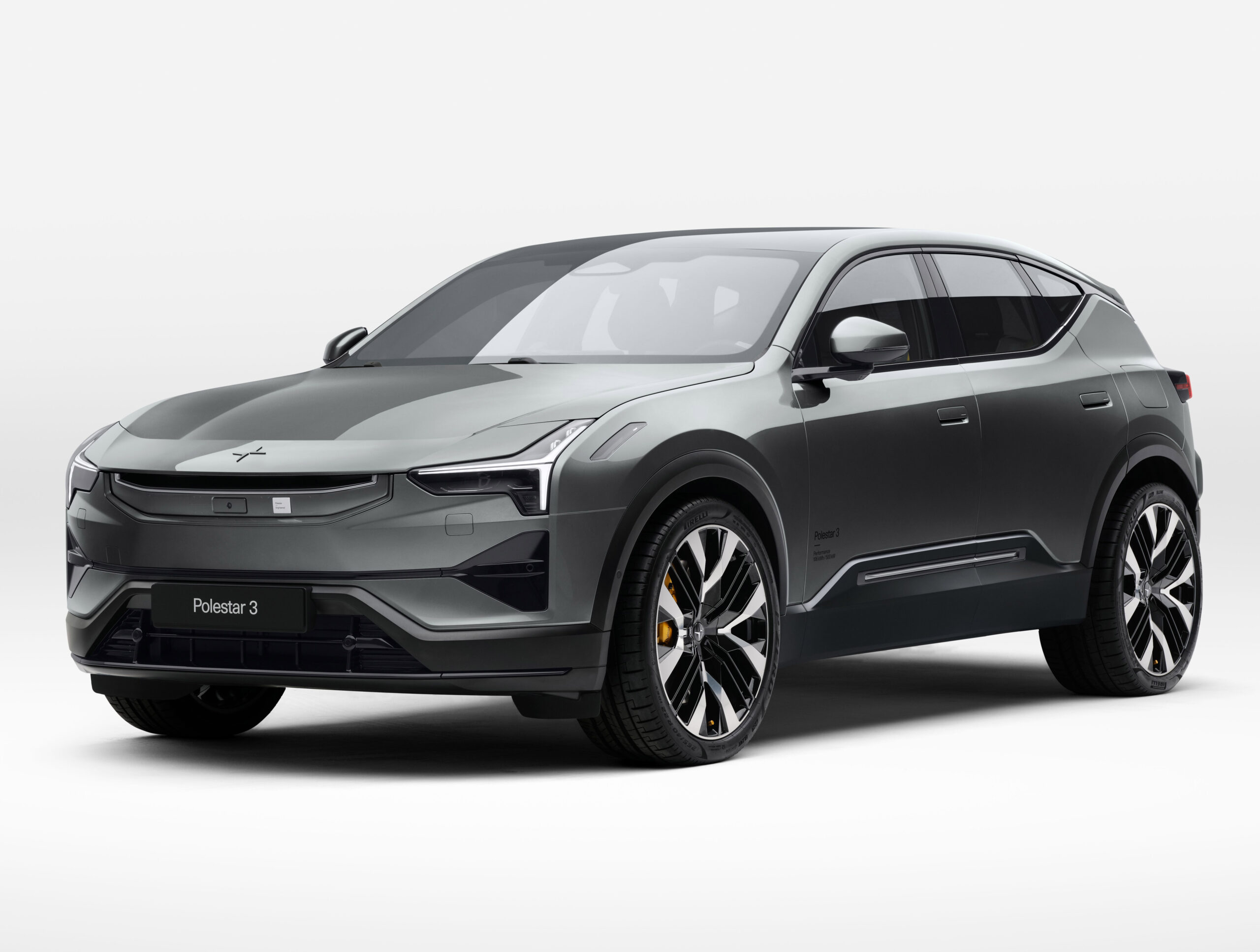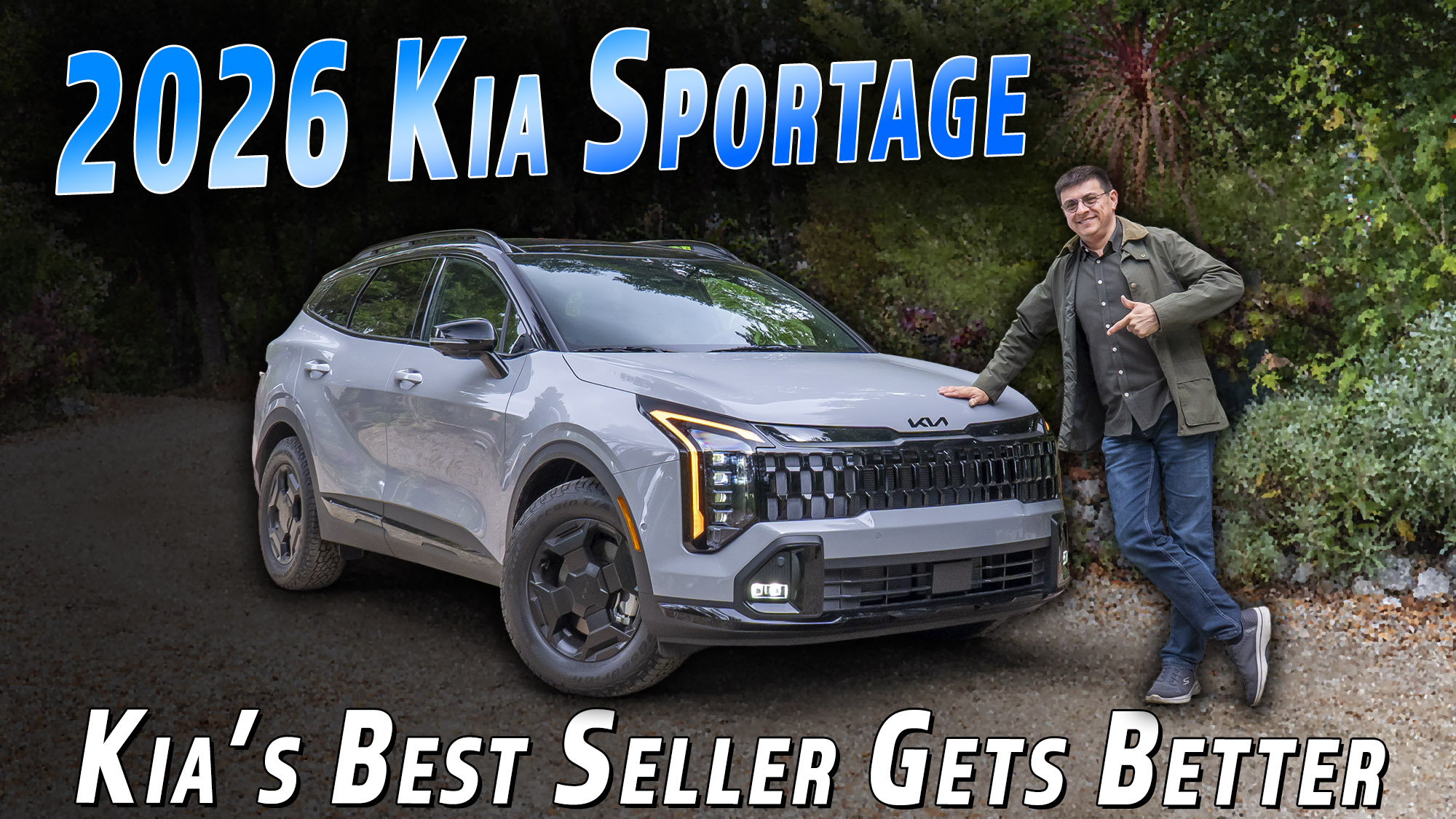

The all-new 2023 Mazda CX-50 is the first of a new wave of crossovers from the tiny Japanese automaker coming to the United States (second if you count the CX-30). Following this model will be a larger CX-70 and an even grander CX-90 to replace the three-row CX-9. Those models will ride on a new rear wheel drive architecture with inline 6-cylinder engines and plug-in hybrid powertrains. The CX-50, on the other hand, sticks with the front wheel drive platform that underpins the Mazda3 and CX-30. That means it also still implements a semi-independent rear suspension, but all wheel drive is standard on all of their crossovers going forward. This one takes the brand further off the beaten path than ever before. We got a chance to see just how far in sunny Southern California.

Instead of creating a rugged trim level to apply to existing models like Subaru has done with its Wilderness Edition line, Mazda decided a brand new model purpose-built for overlanding in North America was a better idea. This model will only be sold here for now, and it is the first time we’ve seen the brand go in such a rugged, REI-inspired direction. Don’t discount their design team’s ability to integrate Kodo and cladding, as this is a really beautiful car in person. The wheel arches are trimmed in matte black as opposed to the CX-5’s gloss black. The grille is darkened, the faux air vents larger than life. The low and wide body rides 8.3 inches above the ground. It looks more akin to a station wagon than an upright crossover. Whether consumers will gravitate to its shape over the CX-5’s remains to be seen. We, however, believe its design alone should help it outpace its older brother in sales in due time.
By the way, Mazda told us they have no plans to get rid of the CX-5, which explains why they’ve polished it up for its most recent refresh in order to differentiate it from CX-50. As we all know, of course, they said the same thing about the CX-3 when the CX-30 first came out. They defended that move by mentioning the CX-3 was not originally designed for our market in the first place. So, we shall see what ends up happening.
The interior is a lovely place to be in the top Premium Plus trim we were driving. For the first time ever, Mazda is offering a panoramic moonroof here, and luckily it’s not exclusive to this top trim. The dashboard is a mix of CX-30 and Europe’s CX-60, with identical A/C controls and the same wide screen recessed into the farthest realms of the dash. This time around, however, it is actually a partial touch screen! Yes, Mazda decided that Apple CarPlay and Android Auto deserve to be controlled via touch as they were intended. The native Mazda interface remains rotary-controller only, unfortunately. The truth is, the screen is such a far reach that you won’t want to touch it most of the time.
The cabin feels wider than the CX-5’s, which makes sense considering the CX-50 is dimensionally wider. Head room feels adequate in all seats, and the cargo area is lower thanks to the more dependent rear suspension. Mazda uses that as justification for the suspension choice, as it does improve cargo practicality back there. Oddly, for a nearly $42,000 vehicle, the front passenger’s seat does not offer nearly the amount of adjustability as the driver’s. Both are heated and ventilated at this echelon and the rear seats are heated.
Most of the trim is of high quality, though we were easily able to pull off the Bose speaker cover in the corner of the front doors. That could be a pre-production kink, though, so keep that in mind. One last thing to note was the plushness of the dashboard’s leather padding. Starting from just over the A/C controls, this leather-like material had a peculiar marshmallow consistency under the surface all the way across to the right side of the dash. Not a negative, just interesting.
Mazda had us take the CX-50 on a tame off-road course composed of mostly flat gravel paths and two steep inclines/declines. Their MI-Drive control interface has a new ‘Off-Road’ mode which increases the minimum rear axle torque split. It essentially locks the car into AWD mode, and does a tangible but not otherworldly job at increasing traction on the loose stuff around curves. You won’t want to take the CX-50 on anything rougher however, as this is not a Subaru Wilderness Edition. Those cars are tuned on the soft and comfortable side, while the Mazda is much more European with its stiffer springs and larger 20 inch wheels. You will be able to get over just as much as the Subaru, but you will also emerge a little more beaten up in the end.
One thing to note, of course, is that not all models wear 20 inch wheels. An upcoming Meridian Edition trim level will ride on 18 inch ones with much beefier tires and accessories like a roof rack basket. That model will serve as the penultimate adventure trim for the model. Otherwise, the Premium Plus model does a good job of masking wind noise, but road noise it definitely noticeable. The ride is smooth and comfortable, however, and should be perfectly acceptable by families with young children in the back seat. The 2.5L turbo 4-cylinder won’t light the seat of your pants with 227 horsepower on regular fuel, but having over 310 lb.-ft. of torque helps it feel peppy around town. If you fill with premium fuel, those figures jump to 250 and 320, respectively.
We really wish Mazda could have upgraded the transmission to the new 8-speed automatic coming to its other new crossovers, as it would have likely helped the CX-50 in the acceleration and fuel economy departments. It’s behavior is very similar to the CX-5’s with the same powertrain. If you can pay the extra money, it is still worth the upgrade over the base naturally aspirated 4-cylinder. Acceleration to 60 mph should be similar to the CX-5’s, but keep in mind the CX-50 weighs more. We’ll of course have official figures once one of us gets one to test for a week.

Mazda also let us try out the CX-50 Turbo’s maximum towing capacity. At only 3,500 pounds, it isn’t the most competitive in its class. The naturally aspirated 4-cylinder Toyota RAV4 matches it, for example. That’s probably okay though, since the target audience for CX-50 is expected to consist of folks who might just tow items like jet skis and small boats. With a trailer in tow carrying exactly 3,500 pounds and the MI-Drive set to its new ‘Tow’ mode, the CX-50 huffed and puffed getting up to speed. The Tow mode ups the sensitivity of Mazda’s G-Vectoring Control system and increases the rear axel’s minimum contribution to locomotion. The transmission mapping is also retuned to make up for the added weight. It is still a workout for the CX-50, but we can confirm it will do the job if you really need it to.
The CX-50 2.5 S with its 2.5L 4-cylinder making 187 hp and 186 lb.-ft. of torque starts at $26,800 before the $1,225 destination charge. It comes standard wireless Apple CarPlay and Android Auto, LED headlights and 2000 pounds of towing capacity. On the safety side, Advanced Smart City Brake Support with pedestrian detection, Blind Spot Monitoring, Driver Attention Alert, Lane Departure Warning System, Lane Keep Assist, and Rear Cross Traffic Alert are all standard. The 2.5 S powertrain has five more trim levels above this one, with the Premium Plus topping things off at $36,400. It adds ventilated front seats and a head-up display. At this level you already get the Bose Centerpoint stereo system, a panoramic moonroof, leather seats (heated up front), a power liftgate, and a larger 10.25 inch part-touchscreen infotainment display.
If you want the 2.5 Turbo, which we recommend, you’ll need to fork over the same $36,400 as the top 2.5 S model mentioned above. At this level you won’t have the same amount of content, though. It comes standard with the new Tow mode, paddle shifters, LED taillights and upgraded adaptive LED headlights. A lovely new Terracotta interior color is also introduced with this powertrain and is available at this level. There are two trim levels above this one (three if you include the upcoming Meridian Edition). At the moment, the top end is the 2.5 Turbo Premium Plus at $41,550. It adds heated rear seats, a wireless phone charger, integrated navigation, and the head-up display with traffic sign recognition. This is in addition to features added on the 2.5 Turbo Premium trim like the Bose stereo, heated and ventilated front seats, and a heated steering wheel.
Comparing this pricing to the CX-5 is interesting. The naturally-aspirated CX-5 undercuts the CX-50 with the same engine at the low end by $900. The CX-5 Turbo starts at the same exact price as the CX-50 Turbo (scroll up), but the former is already a Premium Plus trim. The top end CX-5 Turbo Signature starts at $38,650, some $2,900 less than the peak CX-50 2.5 Turbo Premium Plus. Mazda claims the ‘Premium Plus’ is basically the new ‘Signature’ in regards to the CX-50. As such, it has some features the CX-5 Signature is missing, such as the panoramic sunroof and the higher tow rating.
I believe you are getting your money’s worth with the difference, though. The CX-50 is fresh, with a much nicer interior, better cargo practicality, and an equally comfortable ride. It may share the CX-30 and Mazda3’s torsion beam rear suspension, but most buyers will not care. It is a little more capable than its older brother, and looks smashing in comparison thanks to the thematically adventurous elements and wider stance. Which one is right for you will depend, as always, on your individual lifestyle.



